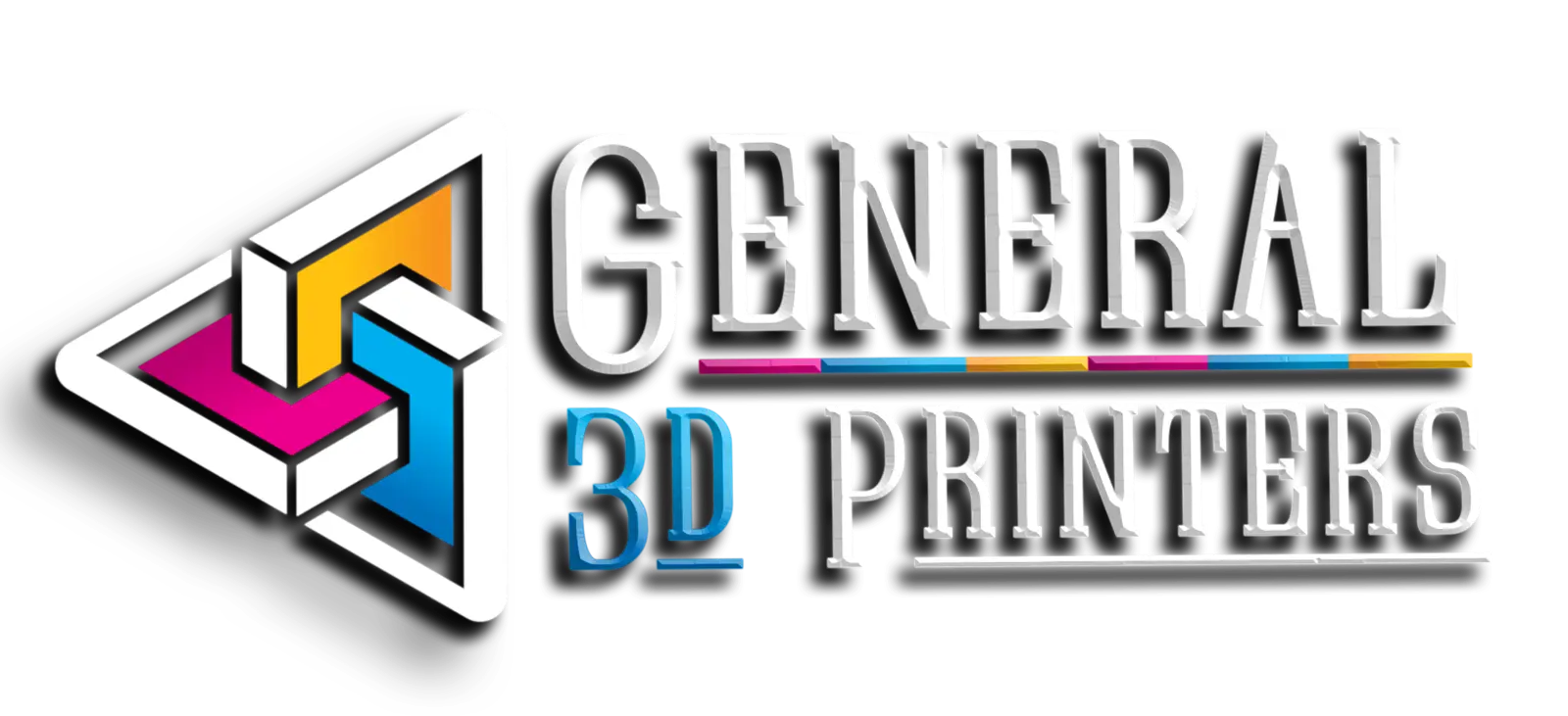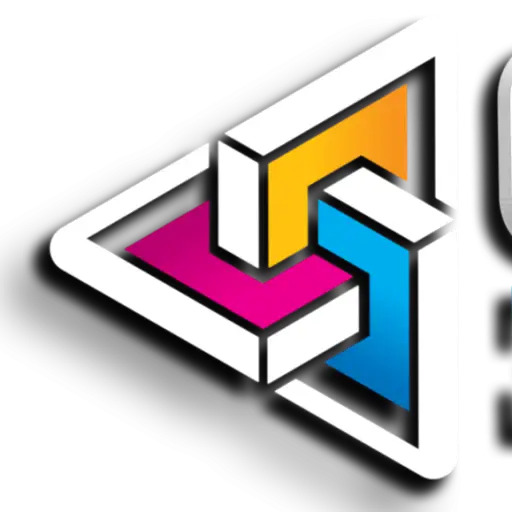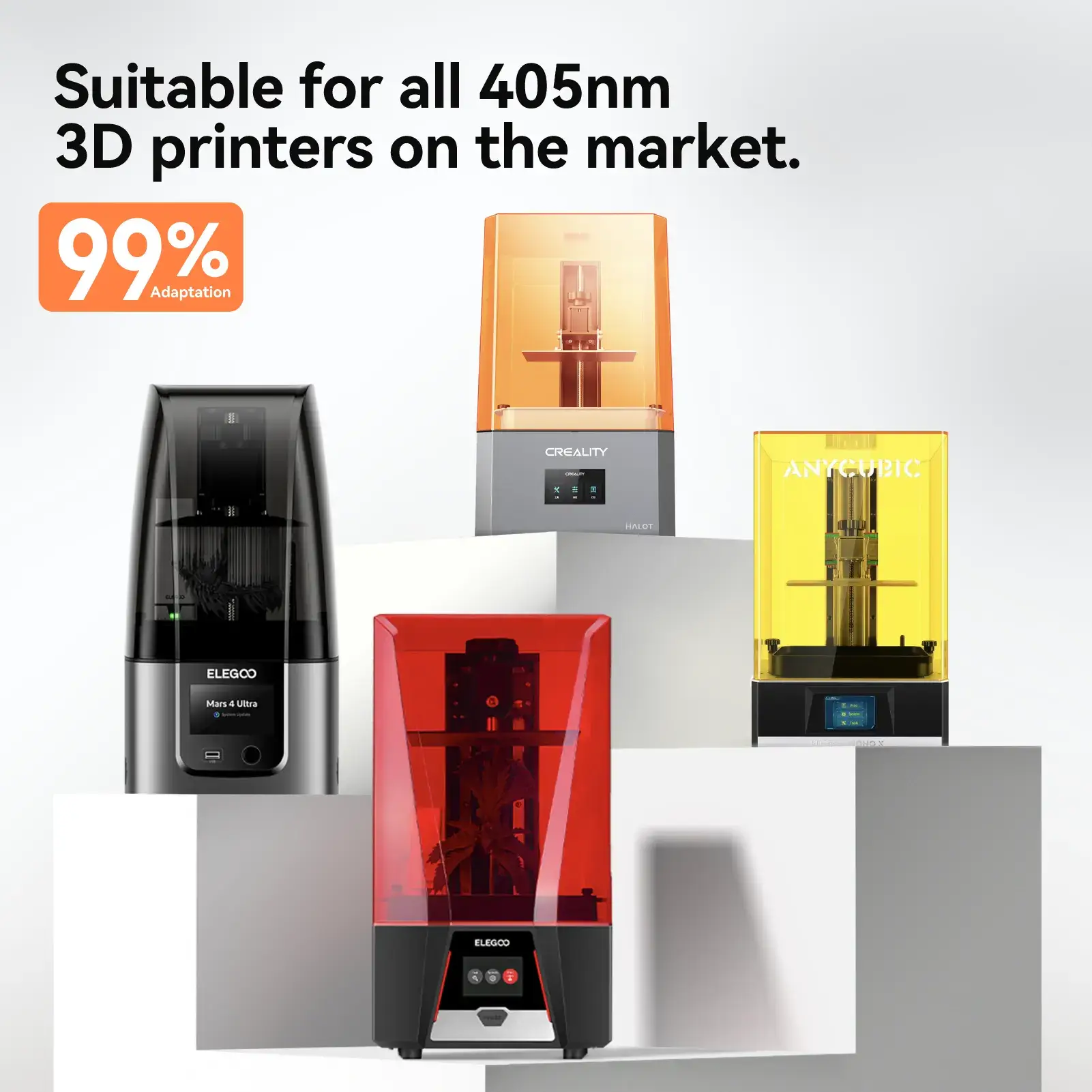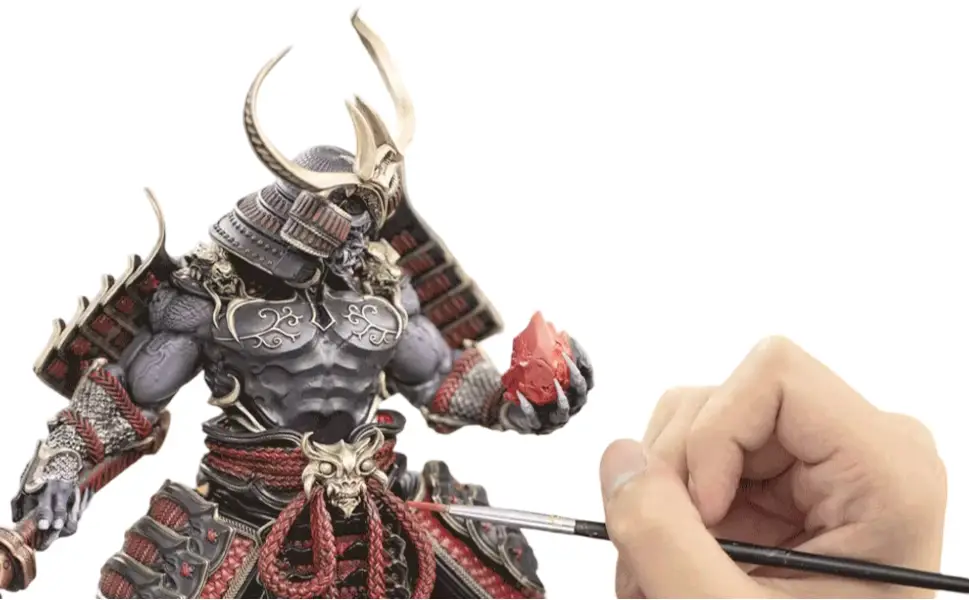Here are some key points to consider:
1. Printing Purpose
- Are you creating prototypes, detailed models, functional parts, or art? Different printers excel in different areas.
2. Printing Technology
- Common types include:
- FDM (Fused Deposition Modeling): Affordable and widely used. Great for simple parts.
- SLA (Stereolithography): High precision for detailed models (e.g., jewelry).
- SLS (Selective Laser Sintering): Ideal for industrial-grade parts.
3. Material Compatibility
- Check which materials the printer supports, such as plastics, resins, metals, or composites.
4. Build Volume
- Consider the maximum size of objects the printer can produce.
5. Print Speed & Quality
- Faster printers save time, but the quality of results matters too—especially for intricate designs.
6. Ease of Use
- Look for user-friendly features, like a touchscreen interface, auto-calibration, and compatibility with slicing software.
7. Maintenance
- Opt for a model with accessible replacement parts and straightforward maintenance.
8. Cost
- Factor in the price of the printer, materials, and ongoing maintenance.
9. Community & Support
- Choose brands with active online communities and good customer support for troubleshooting.





There are 32 comments
Good https://is.gd/tpjNyL
Very good https://is.gd/tpjNyL
Good https://is.gd/tpjNyL
Good https://is.gd/tpjNyL
Awesome https://shorturl.at/2breu
Awesome https://lc.cx/xjXBQT
Awesome https://lc.cx/xjXBQT
Awesome https://lc.cx/xjXBQT
Good https://lc.cx/xjXBQT
Good https://lc.cx/xjXBQT
Good https://lc.cx/xjXBQT
Very good https://lc.cx/xjXBQT
Awesome https://t.ly/tndaA
Very good https://urlr.me/zH3wE5
Good https://urlr.me/zH3wE5
Very good https://rb.gy/4gq2o4
Awesome https://rb.gy/4gq2o4
Very good https://rb.gy/4gq2o4
Awesome https://rb.gy/4gq2o4
Good https://rb.gy/4gq2o4
Good https://is.gd/N1ikS2
Very good https://is.gd/N1ikS2
Awesome https://is.gd/N1ikS2
Awesome https://is.gd/N1ikS2
Very good https://is.gd/N1ikS2
Awesome https://is.gd/N1ikS2
Awesome https://is.gd/N1ikS2
Awesome https://is.gd/N1ikS2
Good https://is.gd/N1ikS2
Very good https://is.gd/N1ikS2
Very good https://shorturl.fm/TbTre
Very good partnership https://shorturl.fm/9fnIC